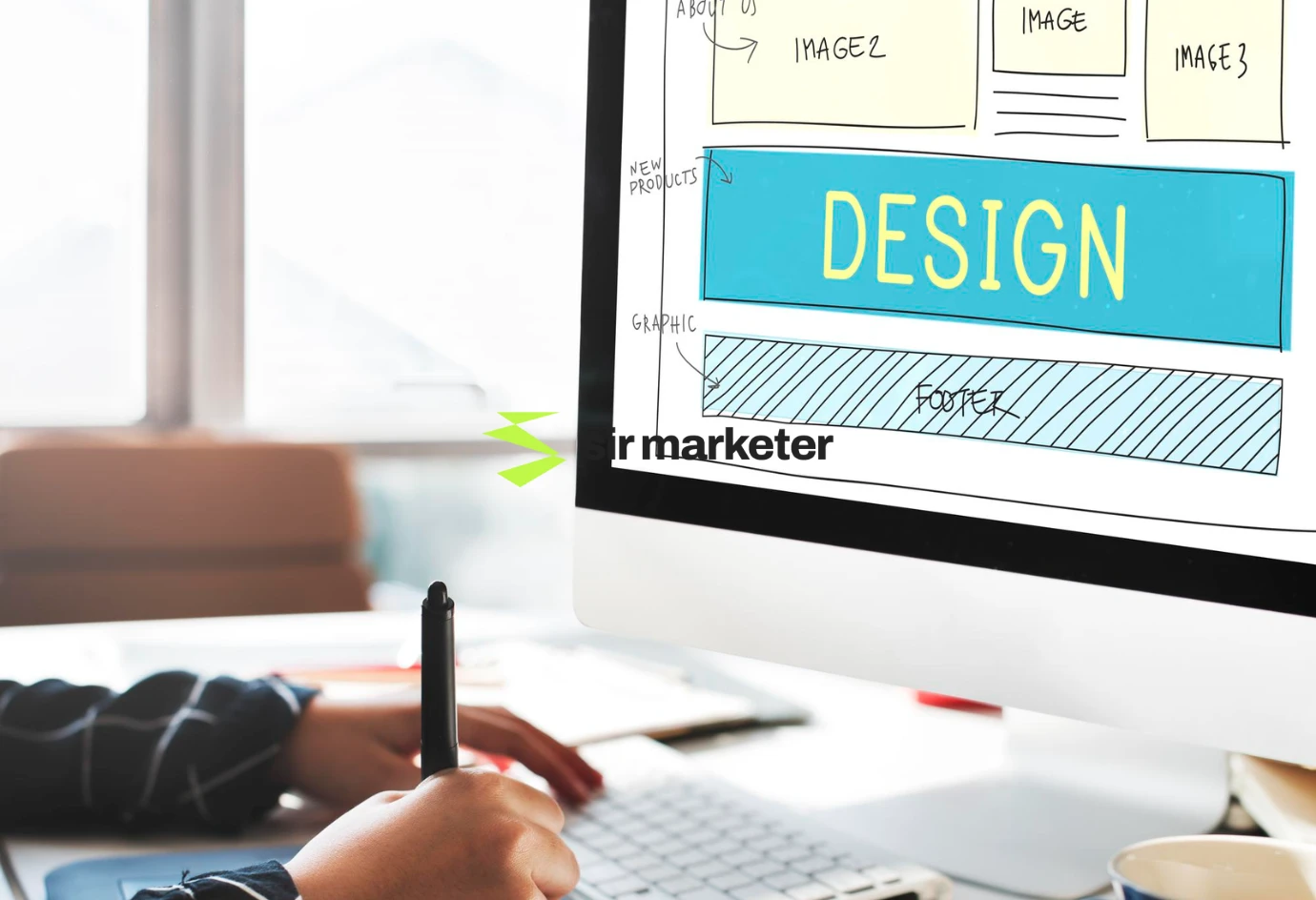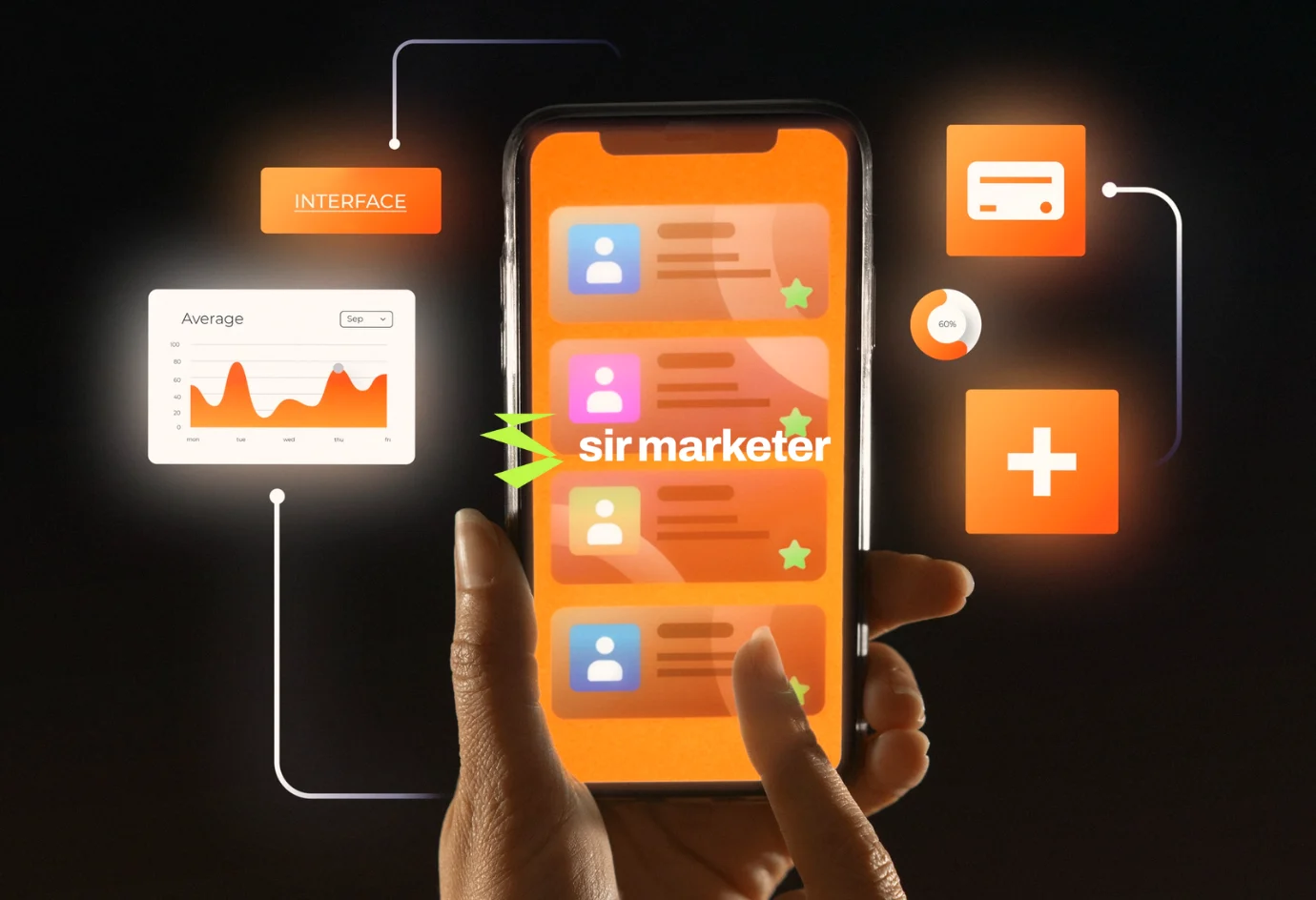

In today’s fast-paced digital world, users crave simplicity. With information overload at an all-time high, minimalist web design has emerged as a powerful solution—not just for visual aesthetics, but for delivering a clean, user-focused experience.
Minimalism in web design is more than just empty space or fewer colors. It’s about intention—removing the unnecessary so that what remains is meaningful, functional, and impactful.
For businesses, it means faster sites, better mobile performance, improved user flow, and higher conversions.
This blog explores how minimalism in design boosts clarity and usability, what principles you should follow, and how to strike the right balance between clean and compelling.

“Minimalism in Web Design: Enhancing Clarity and Usability”
— Sir Marketer, Digital Dream Team

Minimalism in web design is a design approach that emphasizes simplicity, clarity, and focus. It removes all non-essential elements to highlight the core purpose of a page—be it messaging, action, or content.

Minimalism isn’t just a visual style—it’s a functional UX strategy.

With rising demand for mobile-first, fast-loading, user-intent-driven websites, minimalism aligns perfectly with user expectations.

In a world where attention spans are short, clarity converts.

a) Content First
Only include content that adds value. Every word, image, or button must serve a clear purpose.
b) Visual Hierarchy
Use size, spacing, and positioning to guide the user’s eye toward key elements—especially CTAs.
c) Whitespace (Negative Space)
Whitespace gives content room to breathe. It reduces cognitive load and increases readability.
d) Functional Simplicity
Simple doesn’t mean empty. Features should be intuitive, not hidden. Think “easy,” not “incomplete.”
e) Consistent Typography
Stick to one or two fonts, using size and weight to create contrast.
f) Limited Color Palette
Use color for emotion and function—not decoration. Highlight CTAs or important elements using bold colors.

A). Improved User Experience (UX)
Users find what they’re looking for faster. Fewer distractions lead to higher satisfaction.
B). Faster Website Speed
Minimalist sites load quicker due to reduced scripts, CSS, and media.
C). Higher Conversion Rates
Less clutter means stronger focus on CTAs and forms—leading to better conversion rate optimization.
D). Mobile Optimization
Clean layouts are easier to adapt across devices and screen sizes.
E). Better SEO
Improved speed, structure, and user experience all positively impact rankings.

Minimalism plays a crucial role in modern UX/UI design. Great user experience isn’t about showing everything—it’s about showing just enough.

In 2025, with growing AI, voice interfaces, and mobile-first needs, less is more is no longer a preference—it’s a standard.


Minimalism helps your site meet Google’s performance expectations.

A). Start With Mobile
Design your smallest version first. Prioritize what’s most important.
B). Focus on One Goal per Page
Each page should have one primary CTA (e.g., buy, sign up, contact).
C). Use Grid Systems
Keep layouts balanced and consistent with grid frameworks.
D). Simplify Navigation
Avoid mega menus or nested submenus. Aim for 3–5 main items.
E). Replace Text with Icons (When Clear)
Use icons for actions like search, menu, download—but only if universally understood.
F). Stick to a Visual Theme
Keep fonts, colors, and button styles consistent throughout.



A common myth is that minimalist sites are boring. That’s false.
Minimalism doesn’t kill creativity—it focuses it. Smart brands use minimalism to highlight:

Think of it as removing distractions so your brand shines brighter.


Minimalism ≠ Emptiness. It’s about intelligent simplicity.

At Sir Marketer, we use minimalist design to build fast, functional websites that turn visitors into customers.
Case Study:
Client: Service-based business
Issue: High bounce rates on desktop and mobile
Solution: Redesigned using a minimalist layout with stronger hierarchy and focused messaging
Result:
In a world where attention spans are shrinking and users are constantly bombarded with content, minimalism in web design offers a breath of fresh air. It creates space, clarity, and intention.
Whether you’re launching a new site or redesigning an existing one, a minimalist approach can dramatically improve your usability, brand perception, and business performance.
Looking to simplify your site and scale your brand?
Let Sir Marketer help you build a digital experience that’s both beautiful and bold—in the cleanest way possible.
Our team will answer all your questions. we ensure a quick response.